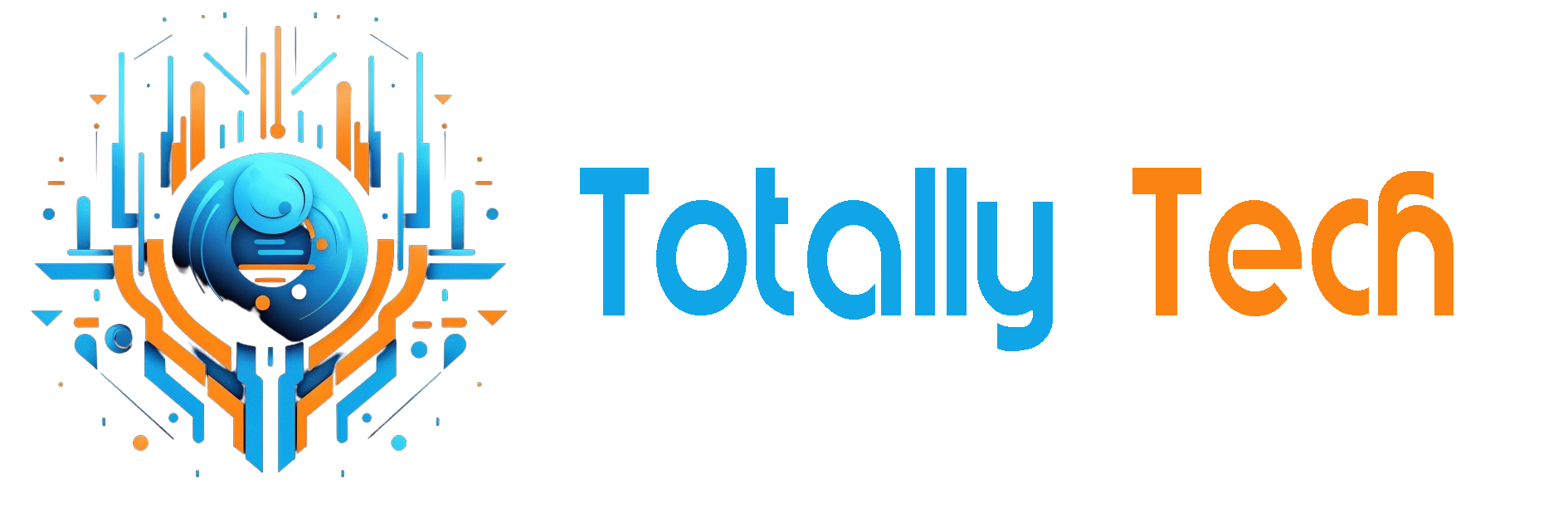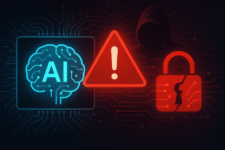
For many years, businesses have used Optical Character Recognition (OCR) to convert physical documents into digital formats, transforming the process of data entry. However, as businesses face more complex workflows, OCR’s limitations are becoming clear. It struggles to handle unstructured layouts, handwritten text, and embedded images, and it often fails to interpret the context or relationships between different parts of a document. These limitations are increasingly problematic in today’s fast-paced business environment.
Agentic Document Extraction, however, represents a significant advancement. By employing AI technologies such as Machine Learning (ML), Natural Language Processing (NLP), and visual grounding, this technology not only extracts text but also understands the structure and context of documents. With accuracy rates above 95% and processing times reduced from hours to just minutes, Agentic Document Extraction is transforming how businesses handle documents, offering a powerful solution to the challenges OCR cannot overcome.
Why OCR is No Longer Enough
For years, OCR was the preferred technology for digitizing documents, revolutionizing how data was processed. It helped automate data entry by converting printed text into machine-readable formats, streamlining workflows across many industries. However, as business processes have evolved, OCR’s limitations have become more apparent.
One of the significant challenges with OCR is its inability to handle unstructured data. In industries like healthcare, OCR often struggles with interpreting handwritten text. Prescriptions or medical records, which often have varying handwriting and inconsistent formatting, can be misinterpreted, leading to errors that may harm patient safety. Agentic Document Extraction addresses this by accurately extracting handwritten data, ensuring the information can be integrated into healthcare systems, improving patient care.
In finance, OCR’s inability to recognize relationships between different data points within documents can lead to mistakes. For example, an OCR system might extract data from an invoice without linking it to a purchase order, resulting in potential financial discrepancies. Agentic Document Extraction solves this problem by understanding the context of the document, allowing it to recognize these relationships and flag discrepancies in real-time, helping to prevent costly errors and fraud.
OCR also faces challenges when dealing with documents that require manual validation. The technology often misinterprets numbers or text, leading to manual corrections that can slow down business operations. In the legal sector, OCR may misinterpret legal terms or miss annotations, which requires lawyers to intervene manually. Agentic Document Extraction removes this step, offering precise interpretations of legal language and preserving the original structure, making it a more reliable tool for legal professionals.
A distinguishing feature of Agentic Document Extraction is the use of advanced AI, which goes beyond simple text recognition. It understands the document’s layout and context, enabling it to identify and preserve tables, forms, and flowcharts while accurately extracting data. This is particularly useful in industries like e-commerce, where product catalogues have diverse layouts. Agentic Document Extraction automatically processes these complex formats, extracting product details like names, prices, and descriptions while ensuring proper alignment.
Another prominent feature of Agentic Document Extraction is its use of visual grounding, which helps identify the exact location of data within a document. For example, when processing an invoice, the system not only extracts the invoice number but also highlights its location on the page, ensuring the data is captured accurately in context. This feature is particularly valuable in industries like logistics, where large volumes of shipping invoices and customs documents are processed. Agentic Document Extraction improves accuracy by capturing critical information like tracking numbers and delivery addresses, reducing errors and improving efficiency.
Finally, Agentic Document Extraction’s ability to adapt to new document formats is another significant advantage over OCR. While OCR systems require manual reprogramming when new document types or layouts arise, Agentic Document Extraction learns from each new document it processes. This adaptability is especially valuable in industries like insurance, where claim forms and policy documents vary from one insurer to another. Agentic Document Extraction can process a wide range of document formats without needing to adjust the system, making it highly scalable and efficient for businesses that deal with diverse document types.
The Technology Behind Agentic Document Extraction
Agentic Document Extraction brings together several advanced technologies to address the limitations of traditional OCR, offering a more powerful way to process and understand documents. It uses deep learning, NLP, spatial computing, and system integration to extract meaningful data accurately and efficiently.
At the core of Agentic Document Extraction are deep learning models trained on large amounts of data from both structured and unstructured documents. These models use Convolutional Neural Networks (CNNs) to analyze document images, detecting essential elements like text, tables, and signatures at the pixel level. Architectures like ResNet-50 and EfficientNet help the system identify key features in the document.
Additionally, Agentic Document Extraction employs transformer-based models like LayoutLM and DocFormer, which combine visual, textual, and positional information to understand how different elements of a document relate to each other. For example, it can connect a table header to the data it represents. Another powerful feature of Agentic Document Extraction is few-shot learning. It allows the system to adapt to new document types with minimal data, speeding up its deployment in specialized cases.
The NLP capabilities of Agentic Document Extraction go beyond simple text extraction. It uses advanced models for Named Entity Recognition (NER), such as BERT, to identify essential data points like invoice numbers or medical codes. Agentic Document Extraction can also resolve ambiguous terms in a document, linking them to the proper references, even when the text is unclear. This makes it especially useful for industries like healthcare or finance, where precision is critical. In financial documents, Agentic Document Extraction can accurately link fields like “total_amount” to corresponding line items, ensuring consistency in calculations.
Another critical aspect of Agentic Document Extraction is its use of spatial computing. Unlike OCR, which treats documents as a linear sequence of text, Agentic Document Extraction understands documents as structured 2D layouts. It uses computer vision tools like OpenCV and Mask R-CNN to detect tables, forms, and multi-column text. Agentic Document Extraction improves the accuracy of traditional OCR by correcting issues such as skewed perspectives and overlapping text.
It also employs Graph Neural Networks (GNNs) to understand how different elements in a document are related in space, such as a “total” value positioned below a table. This spatial reasoning ensures that the structure of documents is preserved, which is essential for tasks like financial reconciliation. Agentic Document Extraction also stores the extracted data with coordinates, ensuring transparency and traceability back to the original document.
For businesses looking to integrate Agentic Document Extraction into their workflows, the system offers robust end-to-end automation. Documents are ingested through REST APIs or email parsers and stored in cloud-based systems like AWS S3. Once ingested, microservices, managed by platforms like Kubernetes, take care of processing the data using OCR, NLP, and validation modules in parallel. Validation is handled both by rule-based checks (like matching invoice totals) and machine learning algorithms that detect anomalies in the data. After extraction and validation, the data is synced with other business tools like ERP systems (SAP, NetSuite) or databases (PostgreSQL), ensuring that it is readily available for use.
By combining these technologies, Agentic Document Extraction turns static documents into dynamic, actionable data. It moves beyond the limitations of traditional OCR, offering businesses a smarter, faster, and more accurate solution for document processing. This makes it a valuable tool across industries, enabling greater efficiency and new opportunities for automation.
5 Ways Agentic Document Extraction Outperforms OCR
While OCR is effective for basic document scanning, Agentic Document Extraction offers several advantages that make it a more suitable option for businesses looking to automate document processing and improve accuracy. Here’s how it excels:
Accuracy in Complex Documents
Agentic Document Extraction handles complex documents like those containing tables, charts, and handwritten signatures far better than OCR. It reduces errors by up to 70%, making it ideal for industries like healthcare, where documents often include handwritten notes and complex layouts. For example, medical records that contain varying handwriting, tables, and images can be accurately processed, ensuring critical information such as patient diagnoses and histories are correctly extracted, something OCR might struggle with.
Context-Aware Insights
Unlike OCR, which extracts text, Agentic Document Extraction can analyze the context and relationships within a document. For instance, in banking, it can automatically flag unusual transactions when processing account statements, speeding up fraud detection. By understanding the relationships between different data points, Agentic Document Extraction allows businesses to make more informed decisions faster, providing a level of intelligence that traditional OCR cannot match.
Touchless Automation
OCR often requires manual validation to correct errors, slowing down workflows. Agentic Document Extraction, on the other hand, automates this process by applying validation rules such as “invoice totals must match line items.” This enables businesses to achieve efficient touchless processing. For example, in retail, invoices can be automatically validated without human intervention, ensuring that the amounts on invoices match purchase orders and deliveries, reducing errors and saving significant time.
Scalability
Traditional OCR systems face challenges when processing large volumes of documents, especially if the documents have varying formats. Agentic Document Extraction easily scales to handle thousands or even millions of documents daily, making it perfect for industries with dynamic data. In e-commerce, where product catalogs constantly change, or in healthcare, where decades of patient records need to be digitized, Agentic Document Extraction ensures that even high-volume, varied documents are processed efficiently.
Future-Proof Integration
Agentic Document Extraction integrates smoothly with other tools to share real-time data across platforms. This is especially valuable in fast-paced industries like logistics, where quick access to updated shipping details can make a significant difference. By connecting with other systems, Agentic Document Extraction ensures that critical data flows through the proper channels at the right time, improving operational efficiency.
Challenges and Considerations in Implementing Agentic Document Extraction
Agentic Document Extraction is changing the way businesses handle documents, but there are important factors to consider before adopting it. One challenge is working with low-quality documents, like blurry scans or damaged text. Even advanced AI can have trouble extracting data from faded or distorted content. This is primarily a concern in sectors like healthcare, where handwritten or old records are common. However, recent improvements in image preprocessing tools, like deskewing and binarization, are helping address these issues. Using tools like OpenCV and Tesseract OCR can improve the quality of scanned documents, boosting accuracy significantly.
Another consideration is the balance between cost and return on investment. The initial cost of Agentic Document Extraction can be high, especially for small businesses. However, the long-term benefits are significant. Companies using Agentic Document Extraction often see processing time reduced by 60-85%, and error rates drop by 30-50%. This leads to a typical payback period of 6 to 12 months. As technology advances, cloud-based Agentic Document Extraction solutions are becoming more affordable, with flexible pricing options that make it accessible to small and medium-sized businesses.
Looking ahead, Agentic Document Extraction is evolving quickly. New features, like predictive extraction, allow systems to anticipate data needs. For example, it can automatically extract client addresses from recurring invoices or highlight important contract dates. Generative AI is also being integrated, allowing Agentic Document Extraction to not only extract data but also generate summaries or populate CRM systems with insights.
For businesses considering Agentic Document Extraction, it is vital to look for solutions that offer custom validation rules and transparent audit trails. This ensures compliance and trust in the extraction process.
The Bottom Line
In conclusion, Agentic Document Extraction is transforming document processing by offering higher accuracy, faster processing, and better data handling compared to traditional OCR. While it comes with challenges, such as managing low-quality inputs and initial investment costs, the long-term benefits, such as improved efficiency and reduced errors, make it a valuable tool for businesses.
As technology continues to evolve, the future of document processing looks bright with advancements like predictive extraction and generative AI. Businesses adopting Agentic Document Extraction can expect significant improvements in how they manage critical documents, ultimately leading to greater productivity and success.
The post Why Agentic Document Extraction Is Replacing OCR for Smarter Document Automation appeared first on Unite.AI.



